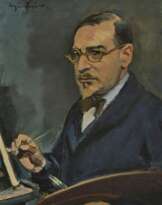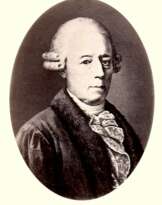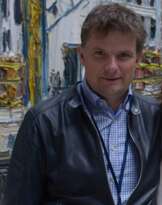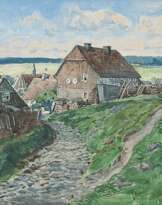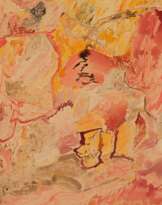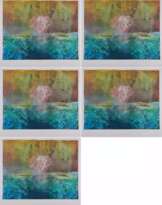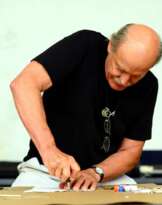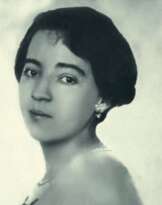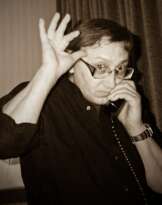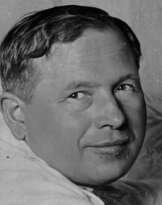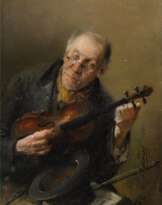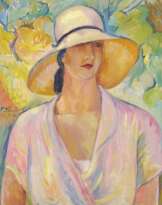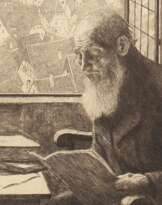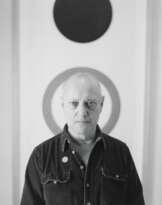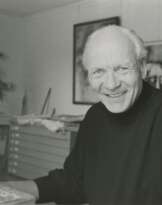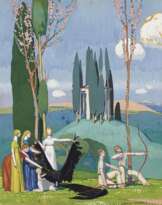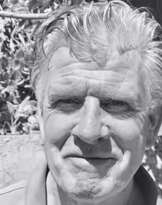Adolf Erbslöh (1881 - 1947)
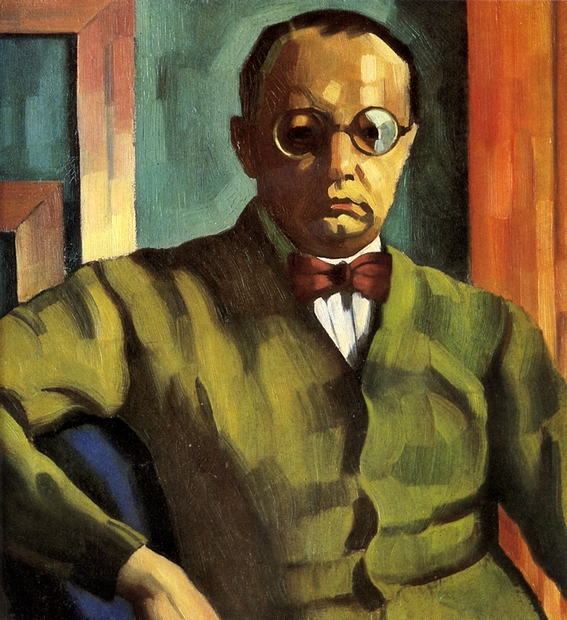
Adolf Erbslöh
Adolf Erbslöh was a German painter and representative of classical modernism.
Erbslöh attended the academy in Karlsruhe, continued his studies at the Munich Academy. The decisive impetus for his further development as an artist was given by a meeting with Alexei von Jawlensky. In 1909, the artist was secretary of the founding circle Neue Künstlervereinigung München. This group of artists included Kandinsky, Jawlensky, Kanoldt, Münter, Verevkin and others who later formed the basis of the Blue Rider (Der Blaue Reiter) group. Their new art form was characterized by strictly stylized images in close connection with Expressionism.
In 1914 Erbslöh was drafted into the army, where he served as a war artist on the western front until the end of the war. In 1916 he joined the New Munich Secession of Munich. During the Nazi "Degenerate Art" campaign, his paintings, as well as many others, were withdrawn from collections, after which the artist retreated to his home near Iking and led a secluded life there with his family for the rest of his life.
Erbslöh still painted many portraits of family members and friends, as well as depicting in small formats the nearby landscapes: his garden, his house, his church and the surrounding fields. Regardless of all directions, the artist is one of the most important representatives of classical modernism.
| Date and place of birt: | 27 may 1881, New York City, USA |
|---|---|
| Date and place of death: | 2 may 1947, Icking, Germany |
| Nationality: | Germany, USA |
| Period of activity: | XX century |
| Specialization: | Artist, Painter |
| Art school / group: | The Blue Rider |
| Genre: | Landscape painting, Portrait, Still life |
| Art style: | Expressionism, Modern art |








